
Fermo, a prestigious historic city that rises a stone’s throw from the sea, with a classic taste where everyone is the protagonist.
Latest posts from the magazine
A travel through colours among palaces and works of art
Since the most ancient times, our civilization developed dyeing’s techniques using the herbaceous species’ type that grows in the area. In the European area, they employed reseda for yellow dye, rubia for red dye and woad for blue dye: these were the plants they used to extract the three main colours to dye fabrics until XIX century. A multitude of other officinal essences were employed to dye clothes, like smoke tree, saffron crocus, broom, safflower and nettle.
The natural organic colours, originally obtained from plants, flowers and animal secretions, had their first applications during the late Neolithic through the discovery and birth of spinning and weaving, as unique substances in nature that allow the colour to penetrate deeply into fibres, without releasing it later during washing and making it resistant over time. These methods and techniques were employed until the invention of synthetic colours coming from the petrochemical industry at the end of the XIX century.
In Palazzo dei Priori the “Fermo Tapestries” are exhibited and the most important among them is surely the one representing the Annunciation, realized in the late XV century and inspired by a drawing of the Flemish painter Justus van Gent. The preciousness of the tapestry is not only about the figurative element, but also about the technical and executive ones. There are indeed also laminated weave’s threads and a brilliantly passed attempt to create shades using the so-called “chromatic wedges”, realized channelling mathematically the weaves’ number, with the result that a colour gives way to another one almost shading. The employed colours are completely obtained from plants and the blue is obtained from woad, the red from rubia.
The herbs and the botany, the biodiversity and the germplasm available in nature allowed over time the development of vegetal molds for the extraction of colourants and vegetal pigments, the herbals were indispensable tools for the knowledge of medicinal plants. Fermo herbal, preserved in the ancient fund of “Spezioli” library has been digitalised in order to be publicly available through 3 touch screen devices located in the tourist route of Fermo. You can see about 20 panels with vivid representations, every plant has its name written in red and, below, a note about its therapeutic properties, between scientific and mythical language, between experience and legend. The handwritten note dated 8 January 1558 showing that the herbal belonged to Gherardo Cibo, a famous herbalist and plants’ illustrator, is of significant interest. He was born in Genoa and lived for a long time in Marche in Rocca Contrada, today called Arcevia, where he died.
The Diocesan Museum is located next to Fermo Cathedral that rises on top of Girfalco Hill, one of the most panoramic places of the city with overviews over the Adriatic Sea and the Sibillini Mountains. Inside in the Sale dei Paramenti sacri (Sacred Vestments Rooms) from the XVII century to the beginning of XX century you can admire the dresses’ colours and especially the visit is reserved to the Chasuble of St.Thomas Becket, result of the Arabic textile art dated 1116, given to Fermo Church from Fermo bishop Presbitero, who received it as a gift from St. Thomas when they were both studying in Bologna. Every colour of the exhibited textile collections were made using natural organic colours, obtained from both plants and animal secretions. In the exhibiting visit, we can also admire the Messale de Firmonibus, illuminated in 1436 by Ugolino da Milano using mineral temperas and vegetal lacquers.
In Campoleggio quarter there are Roman, medieval and Renaissance artistic testaments and among them stands out the Oratory of Santa Monica, built in 1425. The Oratory preserves inside many frescoes of the international Gothic with different scenes (by unknown authors but at the beginning attributed to Salimbeni brothers) one in particular is the Feast of Herod, that represent elegantly dressed men and that shows also how vegetal colours were used in the clothes of that period. In the Oratory you can find the representation of Saint Blaise, wool combers’ patron saint, holding the instrument of his martyrdom’s in his hand.
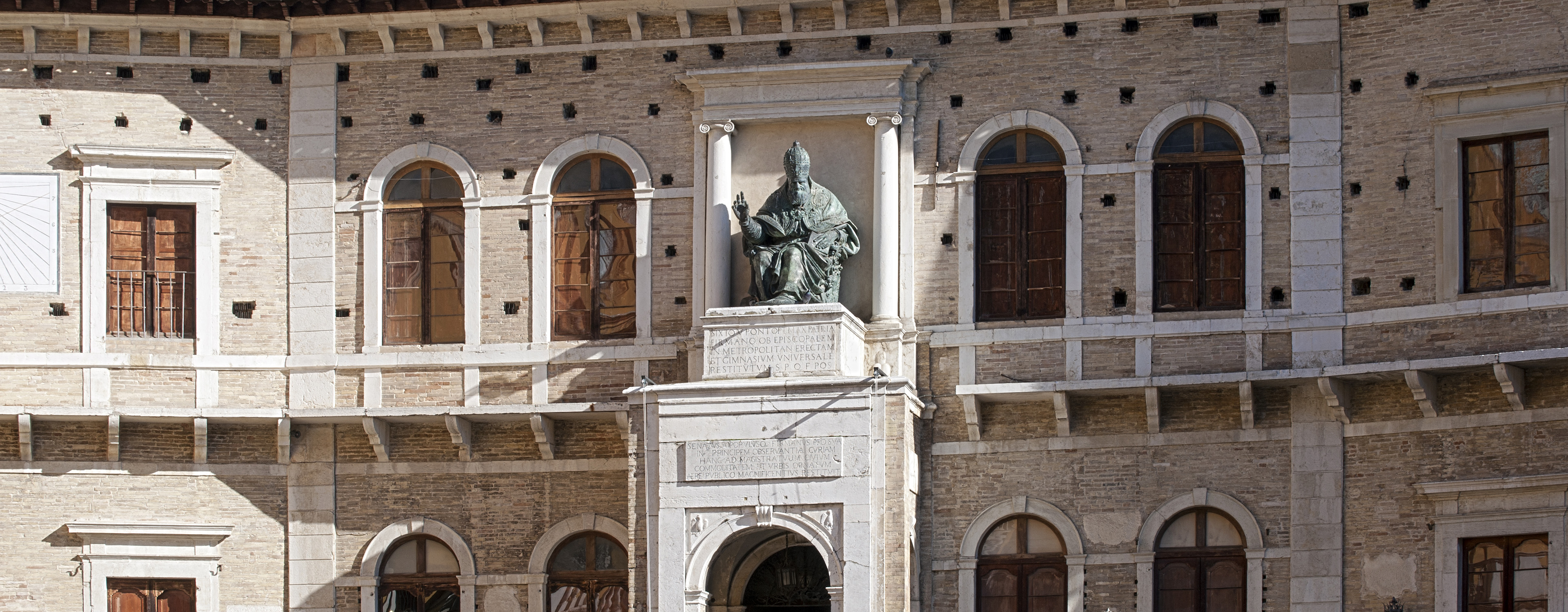
The Museum Complex of Palazzo dei Priori, dating back to 1296, houses Fermo Civic Art Gallery. It includes the Globe Room.
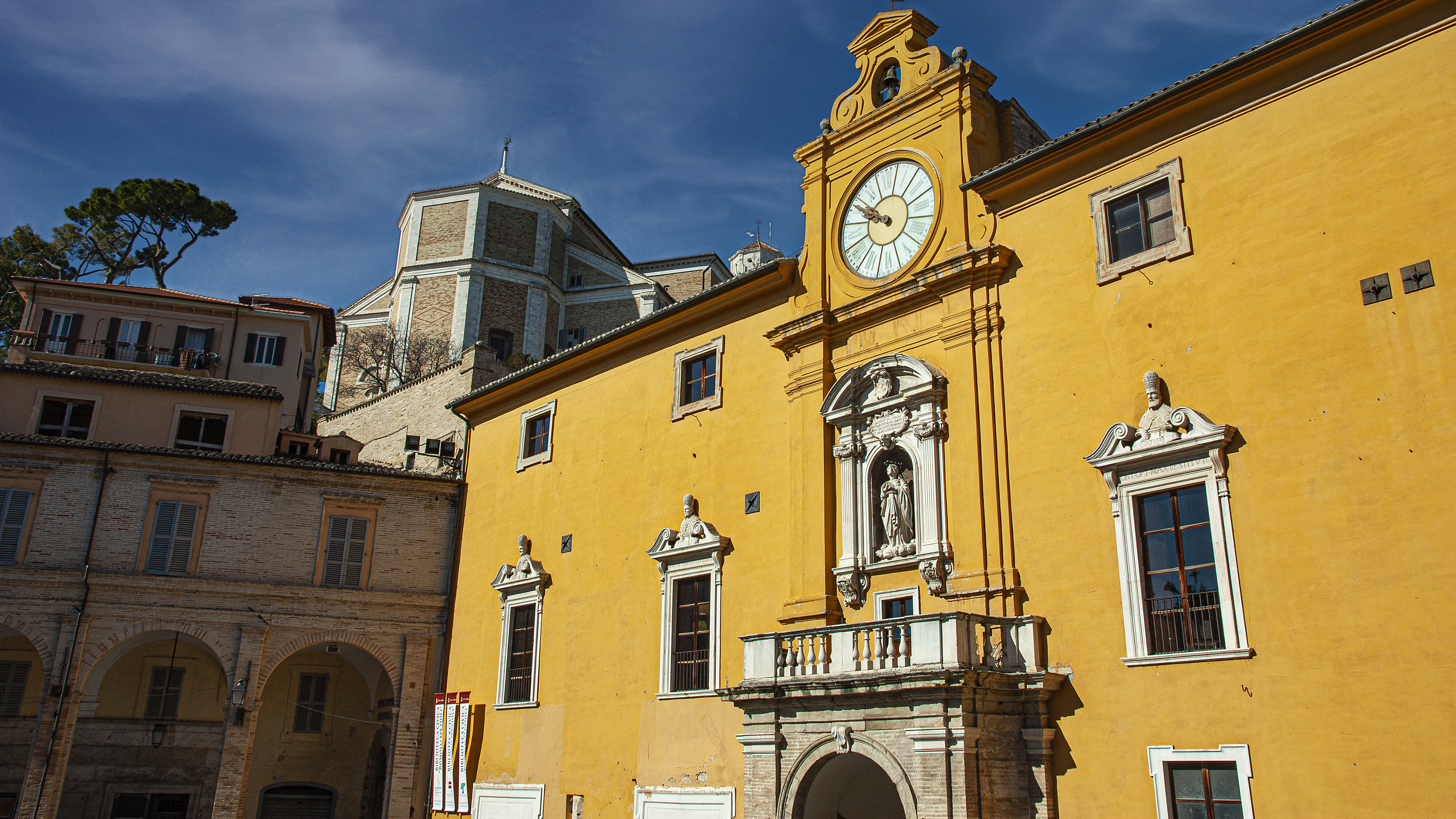
The “Romolo Spezioli” Civic Library originated as a public library and boasts more than three centuries of history. It includes 3.000 manuscripts, 127 codices and 300.000 documents.
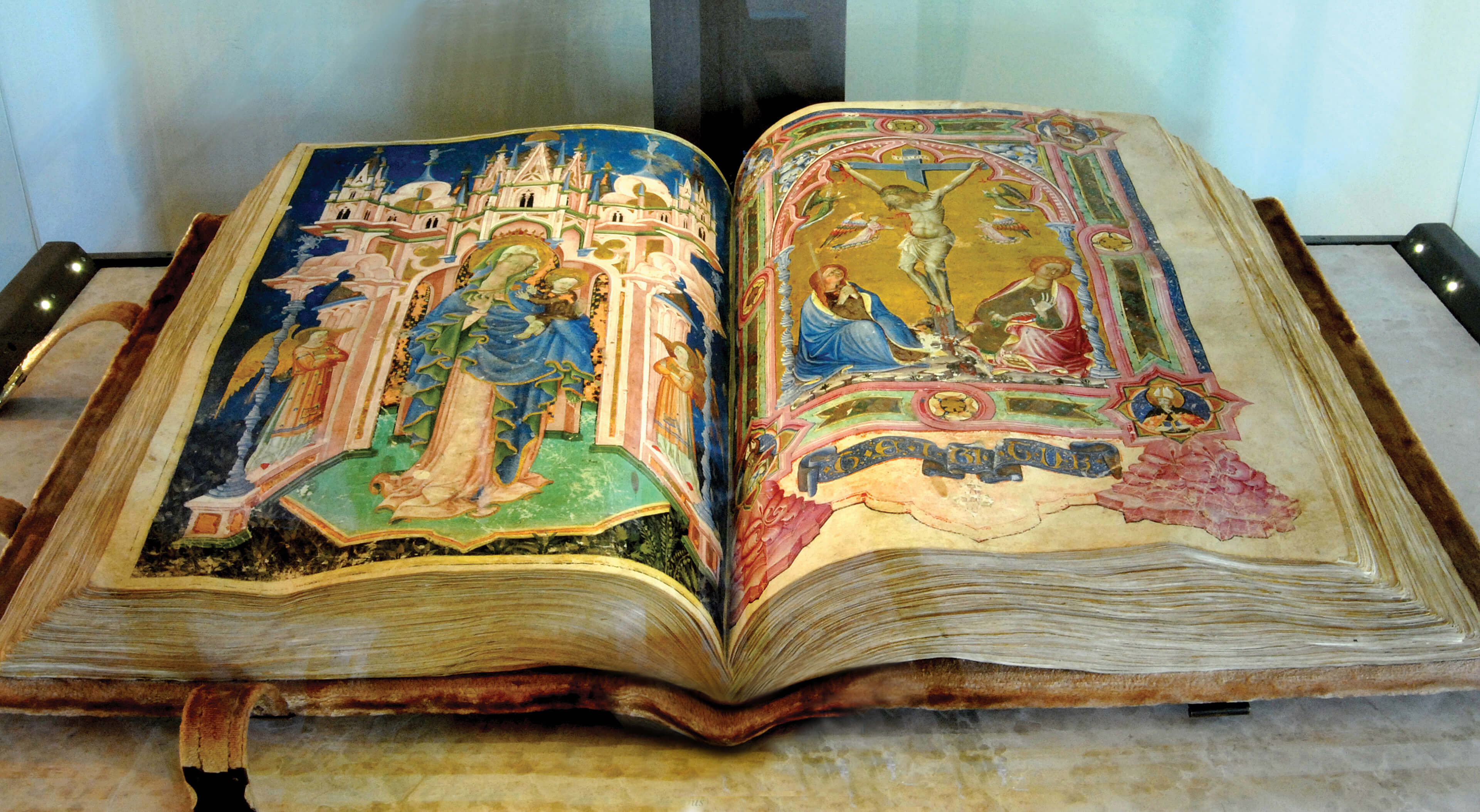
The Museum tells the history and artistic expressions of a large community scattered throughout the Archdiocese of Fermo, which consists of 58 municipalities, all deeply linked to the Cathedral.
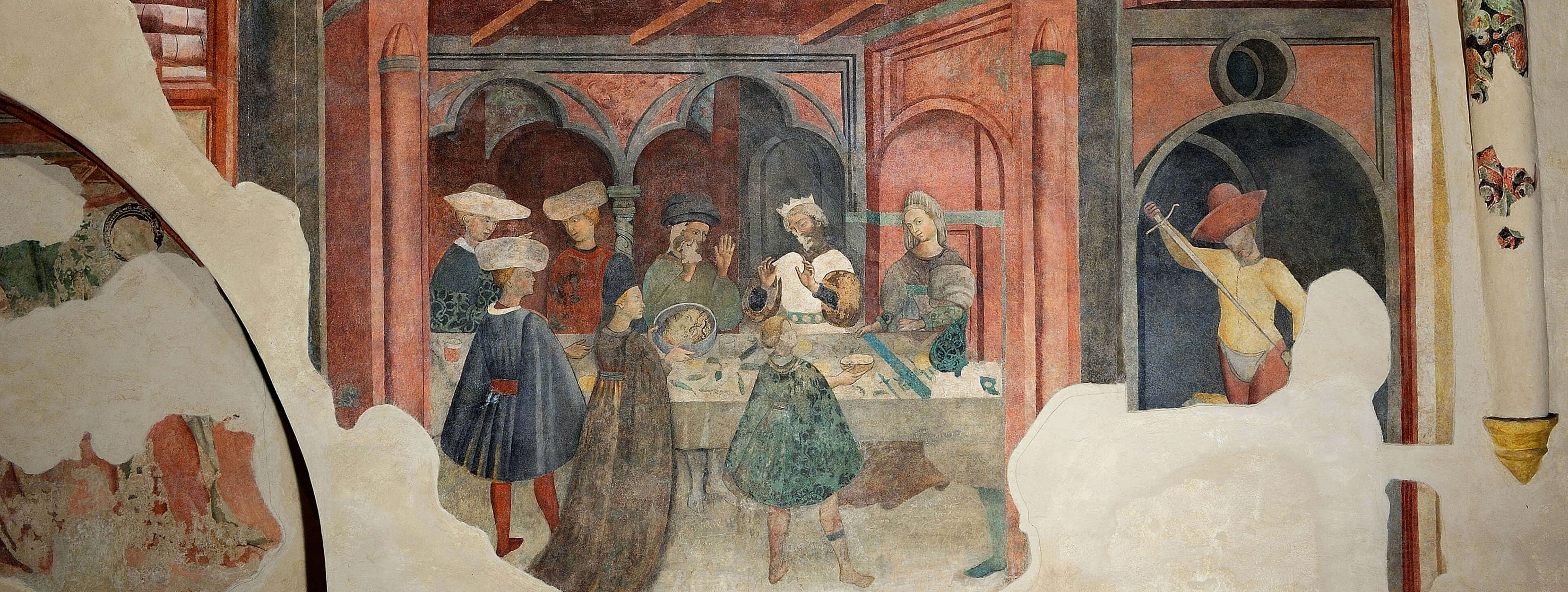
In the Campoleggio district of Fermo there is the Oratory of St. Monica, in Gothic style, and the St. Augustine Church, which dates back to the 13th century.